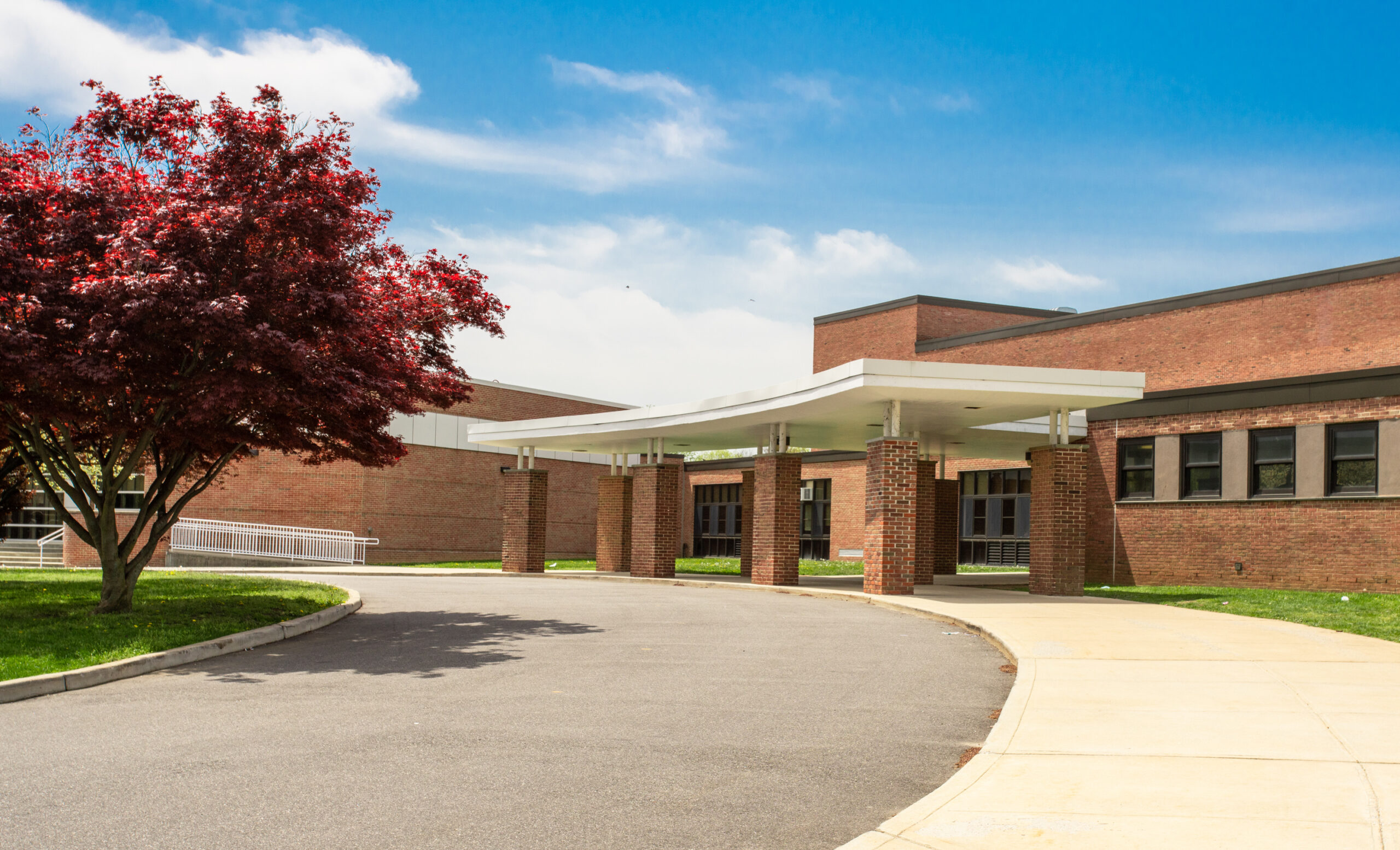Fall Safety
At a recent professional development conference, Jim Frederick, the newest Assistant Director of the Occupational Safety and Health Administration (OSHA), addressed a group of attendees. He discussed their objectives for the future year as well as the focus of their compliance team. Falls, electrocutions, caught-in, and struck-by are the four hazards that cause death, but they’ll be focusing on heat-related illness and COVID-19 protections.
Accident Statistics In The Construction Trade
Fortunately, workplace injuries and fatalities have declined significantly over the years. Unfortunately, many workplace injuries and fatalities still occur daily. According to OSHA, there are 12 work-related deaths in the United States per day.

Employees falling caused roughly 36.5% of all workplace deaths, as seen in the graph above. These includes workers who have fallen due to unprotected sides or holes, improperly constructed walking or working surfaces, workers who have fallen off ladders, roofs, scaffolding, large skyscraper construction areas, and so on all due to failure to use proper fall protection. These concerns might be resolved by including OSHA fall safety regulations, which include 1926 Subpart M – Fall Protection.
Throughout my experience as a professional safety consultant, I’ve seen and offered input to a variety of employees, employers, and supervisors on the best methods for reducing and/or eliminating the core causes of this one “Fatal Four.” Employees are seen standing on the ladder’s top rung, going up and down with tools or supplies in their hands, or just misusing the ladder.
When asked why they did what they did, you’ll frequently hear things like “I was in a rush,” “it was the only ladder I brought,” “I didn’t realize I needed to inspect the ladder,” and so on. These responses indicate a lack of “pre-task planning” and communication of expectations by their immediate supervisor; nevertheless, most supervisors are held accountable, and this is prevalent in the smaller specialist trades I’ve seen. The same may be said about fall protection systems such as handrails, fall arrest, and personal protective equipment (PPE).
Both injuries and fatalities can be reduced by training supervisors in communication and expectation management. They’re essential for completing the task safely and on schedule.
At INSURICA, we have a variety of materials for you to ensure compliance and promote a safe workplace, which are essential components of any construction risk management program. Contact us today for more risk management solutions.
About the Author
Share This Story
Related Blogs
Visitor Check-In and Access Control Best Practices
Visitor check-in and access control best practices are essential [...]
Making an Acquisition? Why the EMOD Shouldn’t Be Overlooked
When acquiring another company, there’s no shortage of factors to consider. From valuing physical assets to estimating potential synergies, the due diligence process can be complex. However, one critical element often overlooked is the EMOD.
2026 Employer Mandate Update
In July 2025, the IRS released new guidance increasing both the affordability percentage and penalty amounts under the Affordable Care Act’s employer mandate for the 2026 plan year. These changes will affect how Applicable Large Employers (ALEs) determine affordability and assess compliance risk moving into the next benefits cycle.








